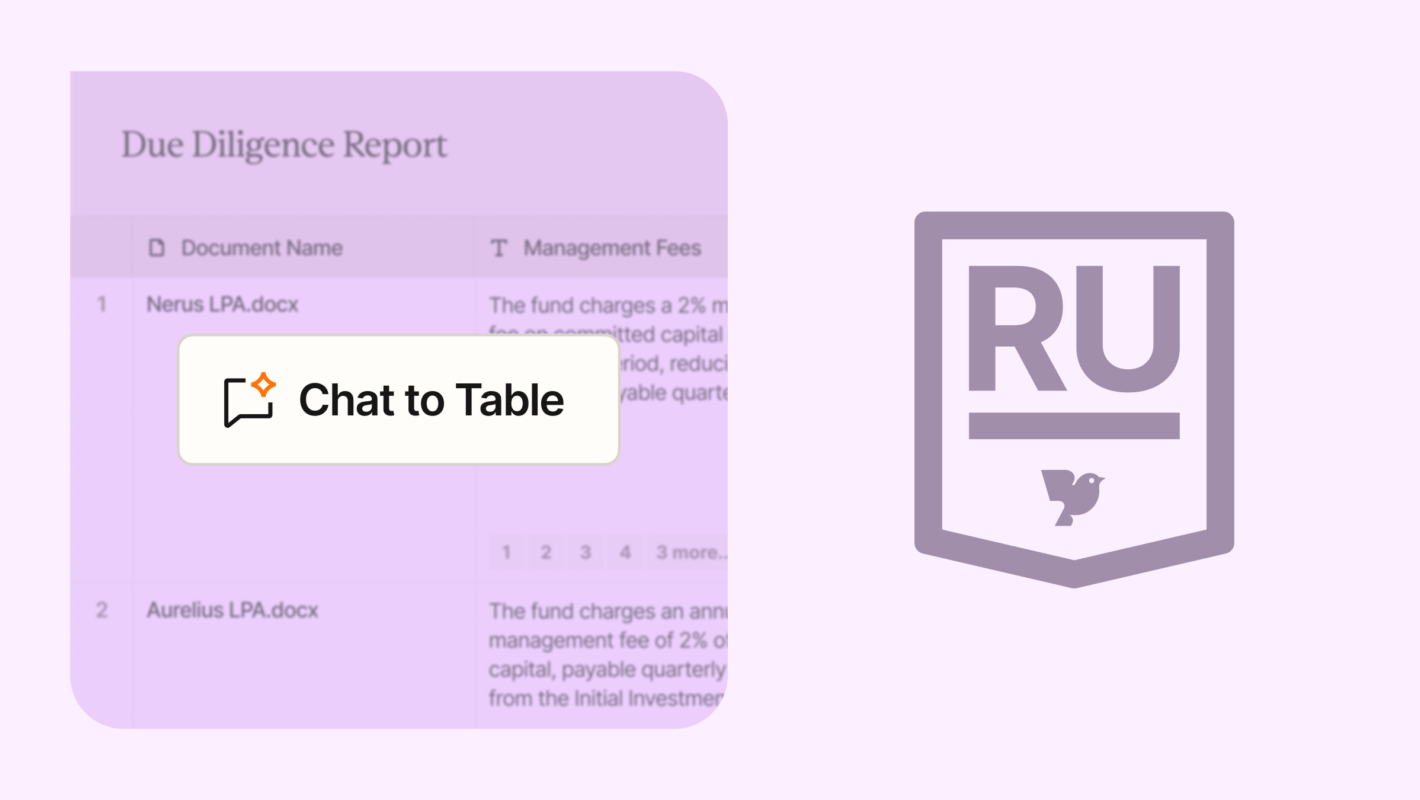How to write effective AI prompts for legal tasks
April 10, 2025
When working with AI tools, the way you phrase your request matters. Crafting clear and precise prompts can mean the difference between useful, fit-for-purpose results and those that miss the mark. At Robin AI, we’ve seen firsthand how purposeful prompting transforms AI into a dynamic assistant for legal professionals.
The Basics of Prompting
What is a prompt?
A prompt is the instruction you give to an AI system to elicit its response. Think of it as asking a highly skilled assistant (in the legal context, perhaps a paralegal or junior lawyer) for help; in order to obtain the best results, you need to provide clear instructions about what the task is, why it’s being done, and how the response should be structured.
How does an AI interpret a prompt?
In addition to its general knowledge, an AI system relies on the task-specific information you provide in order to generate its responses. The more detailed, informative and explanatory your prompt is, the better the AI will be at understanding your requirements.
Understand the Tool You’re Using
Not all AI tools are designed to handle the same types of instructions. At Robin AI, we offer different tools for different tasks:
- Robin AI Reports is designed to extract and summarise information from contracts. It's best used with clear, focused questions like: “Does the contract include a limitation of liability clause?” or “What are the payment terms?” It’s not built for open-ended drafting tasks.
- The Legal AI Assistant, on the other hand, is built for more flexible tasks like drafting clauses, redrafting sections, or summarising large blocks of text. For example, you might ask: “Draft a confidentiality clause appropriate for a SaaS agreement.”
Understanding which tool to use - and tailoring your prompt to match - can dramatically improve the quality of your results.
Best Practices for Prompting Successfully
✔ Be clear about the task and expected response:
- Poor Prompt: "Summarize this contract."
- Better Prompt: "Read this employment contract and summarise it in ~300 words, using sub-headings where appropriate. Ensure you specifically address any non-compete language in the contract."
✔ Provide context:
- Poor Prompt: "Draft a termination clause."
- Better Prompt: "You are assisting me in a matter relating to a commercial lease negotiation, on behalf of the landlord. Please draft a termination clause, including the right to terminate upon tenant’s breach of contract."
✔ Iterate and refine:
- If the first response from the AI system isn’t perfect, take note of the inadequacies, and accordingly adjust your prompt to clarify an instruction or add relevant details.
Examples Table
| Ineffective Prompt | Effective Prompt |
|---|---|
| "Explain this contract." | "Provide an executive summary (in 5-7 bullet points) of this supplier agreement, focusing on key terms." |
| "Find important clauses." | "Identify and list the clauses in this contract that are of financial concern to [x] party." |
Conclusion
Prompting effectively is about providing the AI with the right information to deliver the results you need. By mastering this skill, you can save time, improve accuracy, and get the most out of AI tools like Robin AI. Ready to learn more? Explore additional resources on Robin AI University.

